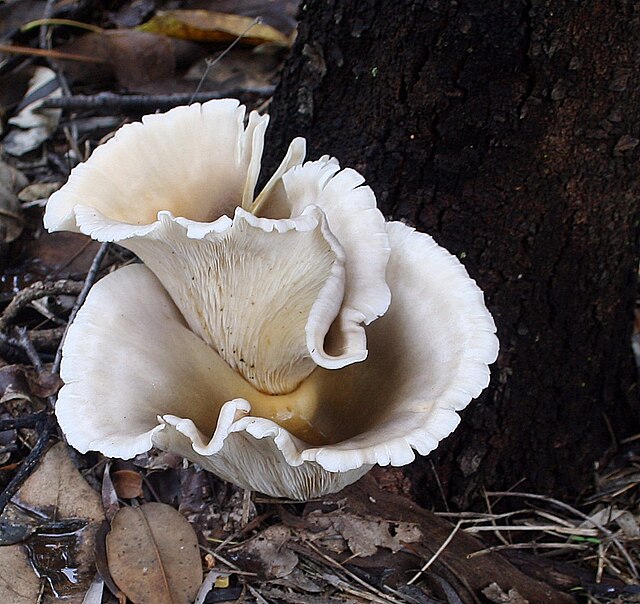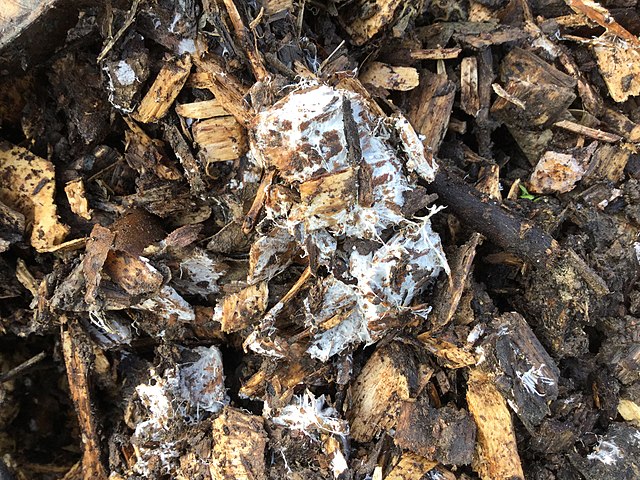Fauna is all of the animal life present in a particular region or time. The corresponding terms for plants and fungi are flora and funga, respectively. Flora, fauna, funga and other forms of life are collectively referred to as biota. Zoologists and paleontologists use fauna to refer to a typical collection of animals found in a specific time or place, e.g. the "Sonoran Desert fauna" or the "Burgess Shale fauna". Paleontologists sometimes refer to a sequence of faunal stages, which is a series of rocks all containing similar fossils. The study of animals of a particular region is called faunistics.
Papuan, Australian and New Zealand fauna. This image was likely first published in the first edition (1876–1899) of the Nordisk familjebok.
The microscopic cave snail Zospeum tholussum, found at depths of 743 to 1,392 m (2,438 to 4,567 ft) in the Lukina Jama–Trojama cave system of Croatia, is completely blind with a translucent shell
A fungus is any member of the group of eukaryotic organisms that includes microorganisms such as yeasts and molds, as well as the more familiar mushrooms. These organisms are classified as one of the traditional eukaryotic kingdoms, along with Animalia, Plantae and either Protista or Protozoa and Chromista.
Fungus
Omphalotus nidiformis, a bioluminescent mushroom
Bracket fungi on a tree stump
Widespread white fungus in wood chip mulch in an Oklahoma garden






